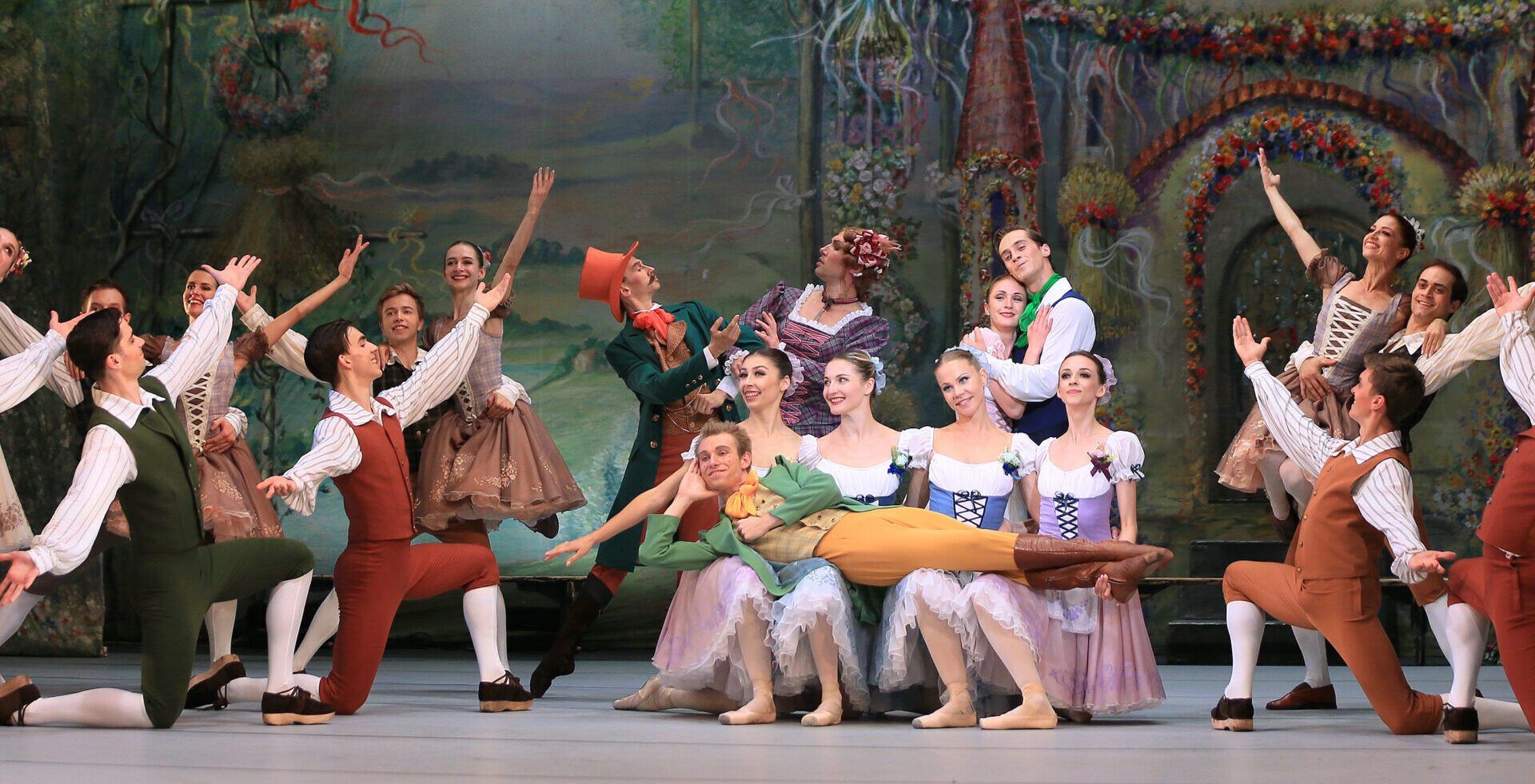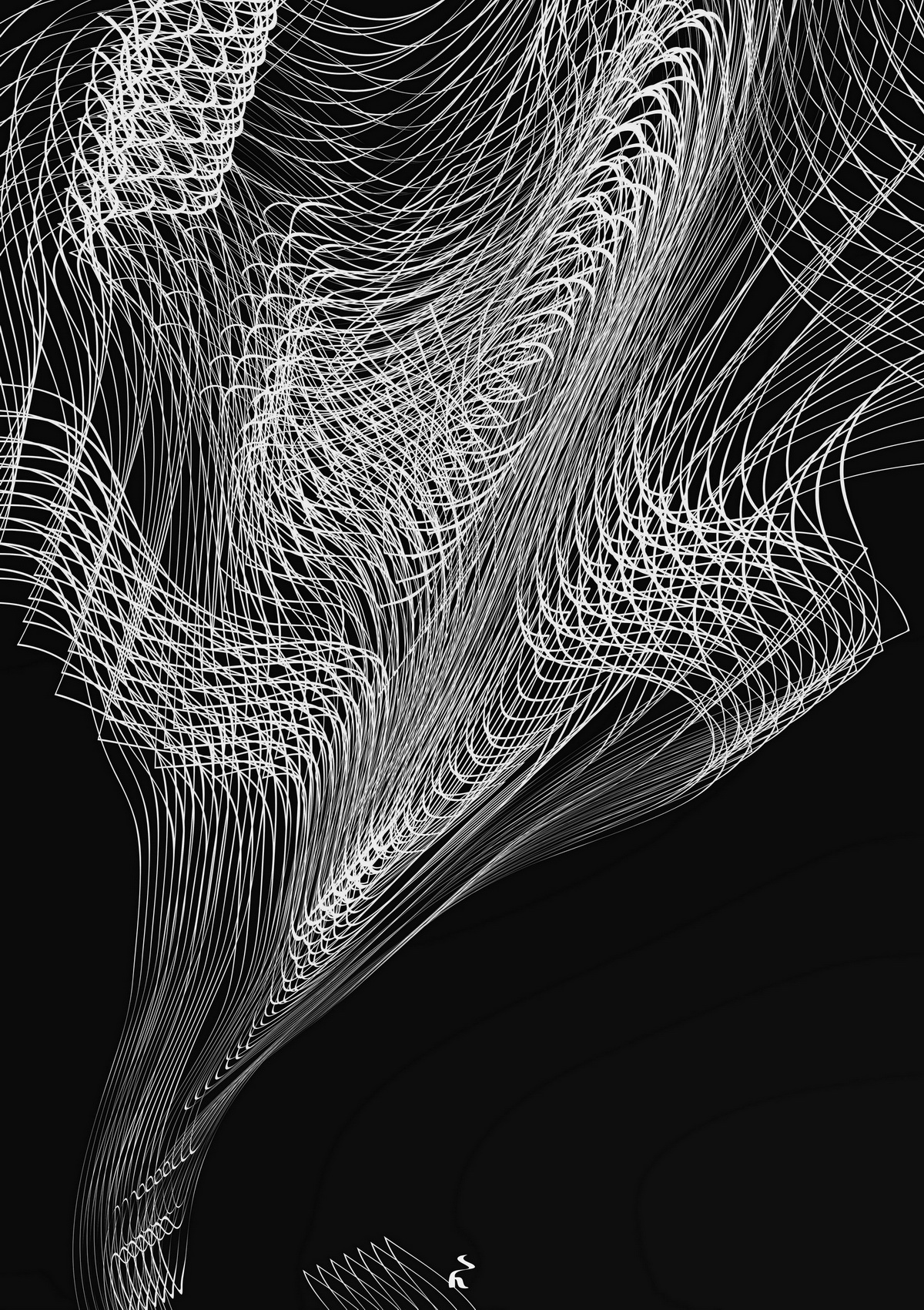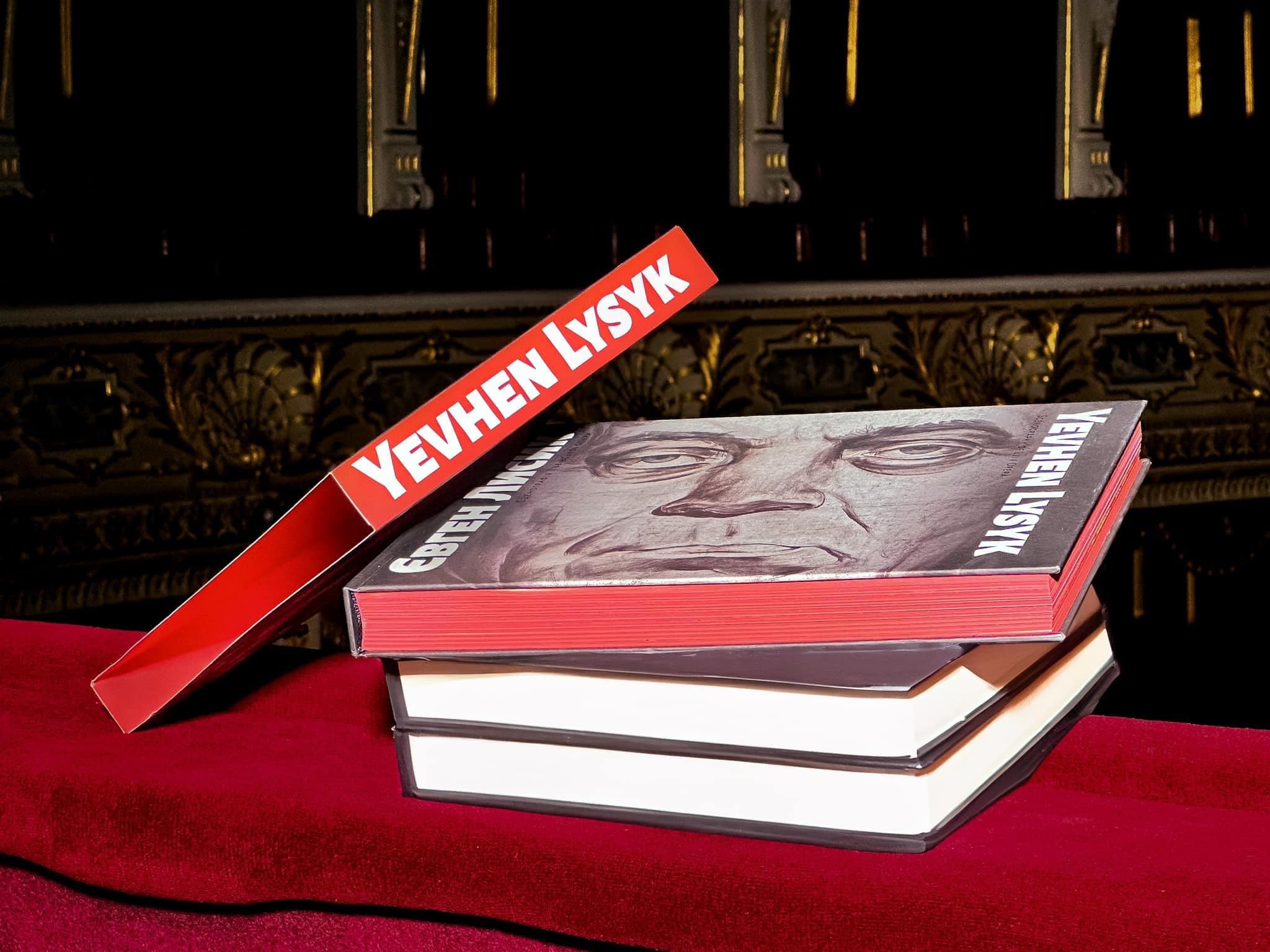Найближчі події
Переглянути усi подii
Любовний напій
Г. Доніцетті
21
Квітня

Наталка Полтавка
М. Лисенко
21
Квітня
Наталка Полтавка
12:00
Головна сцена
Опера
М. Лисенко
Легендарна історія про кохання і вірність за п’єсою Івана Котляревського

Дон Жуан
В. А. Моцарт
27
Квітня
Дон Жуан
17:00
Головна сцена
Опера
В. А. Моцарт
Середньовічна іспанська легенда про «покараного розпусника» Дон Жуана є одним із найпопулярніших сюжетів в історії світового театру.

Жізель
А. Адан
28
Квітня
Жізель
17:00
Головна сцена
Балет
А. Адан
Дивовижна, щира та містична історія, що завершується перемогою любові навіть попри смерть.

"Гармонія сфер" концерт
Музика. Живопис. Світло
02
Травня
"Гармонія сфер" концерт
18:00
Головна сцена
Концертна програма
Музика. Живопис. Світло
Масштабні творчі роботи Євгена Лисика “оживуть” завдяки вражаючій 3D-проєкції та світловим ефектам

Білосніжка та семеро гномів
Б. Павловський
04
Травня
Білосніжка та семеро гномів
12:00
Головна сцена
Балет
Б. Павловський
Балет польського композитора Богдана Павловського «Білосніжка та семеро гномів» – подарунок нашого театру найменшим глядачам.






